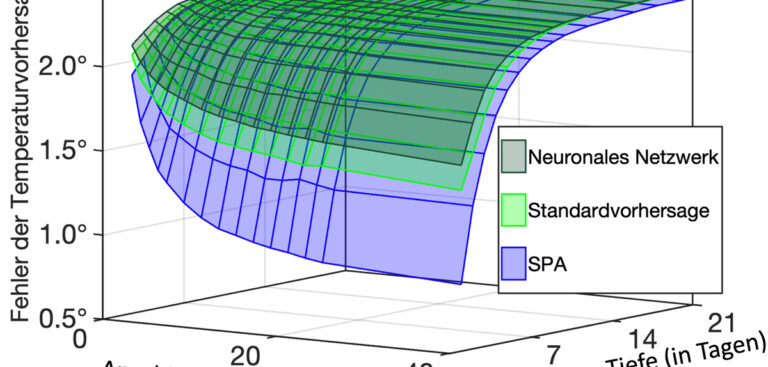European researchers say they have uncovered an algorithm capable of allowing complex forecasting currently only possible on supercomputers to be done on personal computers.
Researchers at Johannes Gutenberg University in Mainz, Germany, and Università della Svizzera italiana (USI) in Lugano, Switzerland, say their findings could pave the way for much more cost-effective weather forecasting.
Since the development of the first supercomputers in the early 1970s there has been a steady growth in processing power. This has helped improve the accuracy of forecast modeling, which relies on supercomputers to process the many variables associated with weather.
But with the development of artificial intelligence and machine-learning this growth in processing power may be coming to an end, say the researchers.
This is because the reasons why AI systems work are still largely not understood – the so-called ‘black box’ problem.
“We wanted to understand how artificial intelligence works and gain a better understanding of the connections involved,” said study co-author Professor Susanne Gerber, a specialist in bioinformatics at Mainz.
Alongside co-author Professor Illia Horenko, a computer expert at USI, Gerber developed a technique for carrying out very complex calculations at low cost and with high reliability. The technique uses a mathematically based concept called Scalable Probabilistic Approximation (SPA).
Using the SPA algorithm, Gerber and her team were able to make a data-based forecast of surface temperatures in Europe for the day ahead with “a prediction error of only 0.75°C,” she said.
The process can be done on an ordinary PC and has an error rate that is 40% better than the computer systems usually used by weather services, said Gerber.



